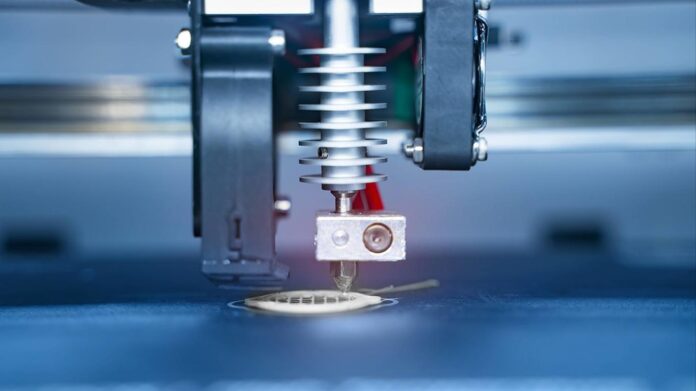
There are many things we can teach at school, but 3D printing is too new to be one of them. Should we leave it that way, or should we try and incorporate 3D printing into our lives more actively? And if so, what can it give us, aside from more benefit to the companies producing these printers? Let’s find out more about 3D printers in general and the most apparent benefits of using them at home, or in an educational environment, classes and demo lessons.
How does a 3D printer work?
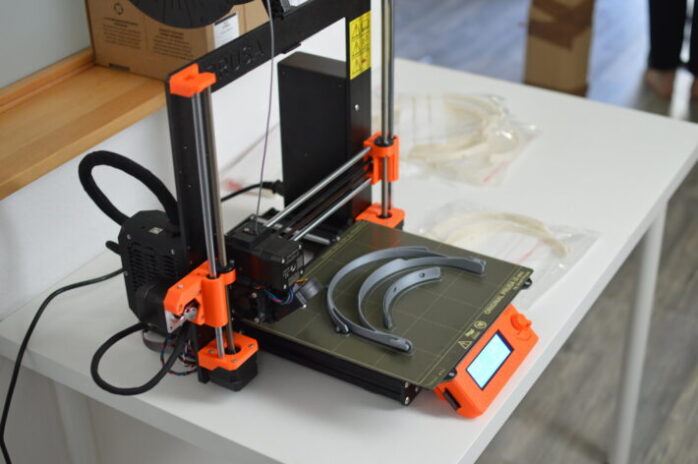
3D printing is a bright example of a process called additive manufacturing. 3D printing requires a 3D model, which can be created in a number of different design software, a ‘slicing’ software, which helps the printer to ‘see’ this model as a combination of thin layers, and then print those layers one by one until the whole model is complete.
3D printers have two main work principles:
- FDM printers (Fused Deposition Modeling) mainly use plastic, wood compounds, and even metal and concrete to work their magic in the way described above. They have a flat hotbed and deposit the melted filament in thin layers. The quality and the accuracy of this deposition highly depends on the grade of the printer itself, and naturally, the price range.
- SLA printers (Stereolithography apparatus) work with a similar principle, but from the photochemical perspective and use liquid resin as a material. Their hotbed is upside down and it is facing the surface of the liquid resin dish placed directly underneath. The shape is created using a UV laser, that acutely solidifies layers of the resin, according to the initial 3D model. The hotbed gradually rises from the surface and in the end has the ready model stuck to the underside of it. Typically SLA printers allow more detailing and are generally more accurate.
Today 3D printers are used in a wide variety of fields, including not only industrial manufacturing and design, but also sculpture, construction, medicine, dentistry and prosthetics. So 3D printers don’t just print funny batman action figures. But again, that greatly depends on the price range, as well as the general grade of the device, which can directly affect the material, accuracy of printing and the maximal printing size.
How to use a 3D printer in class?
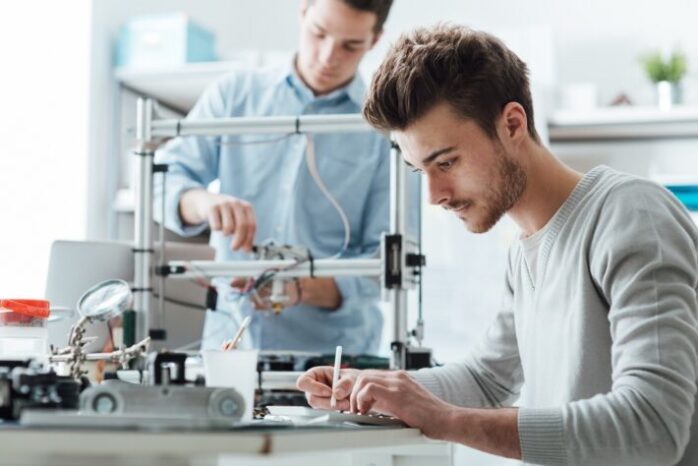
Now that we know more about the whole process, there are a few branches of studies that instantly come to mind when we talk about the educational benefits of 3D printing. Those are chemistry, engineering and design. All of those branches are important in equal measure and have great teaching potential. But how can that be done practically? Well, the shortest and the cheapest way is to get a decent 3D printer for the entire school to use, like the 3dprinterworld.co.uk market offers nowadays, and do demo lessons in each class. They can be easily scheduled throughout the term, and if some of the students are interested in getting more info and more practice, those extra lessons can be done outside of the regular schedule and listed as an extracurricular activity.
A 3D printing demo lesson can also have a few stages if we are talking about junior high kids, or older. First, a little background information on 3D design and its possibilities, review some of the software, then give some info on different filaments and how to use them. And, as the cherry on top, make a practical lesson with an actual printer, so the kids can get to participate and try it first-hand.
How to use it at home?
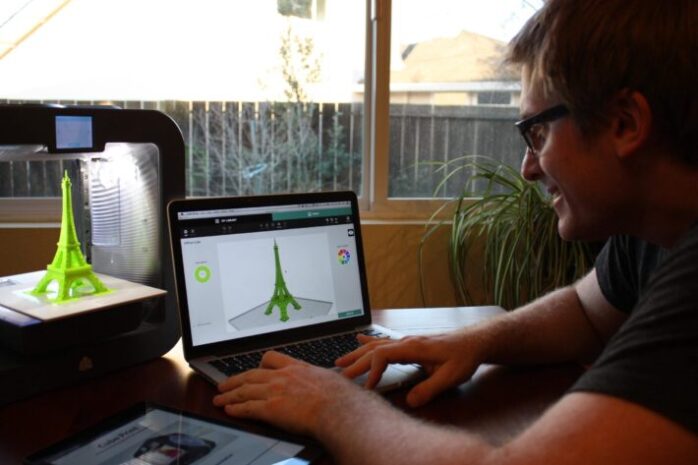
Well, the general principle is the same, isn’t it? If you buy a 3D printer for your home, you probably have some ideas on what you’d like to get as a result. Share your research and ideas with your kids and involve them in the whole process. Roam the digital libraries together, look for something to print that would be fun for the whole family. And you can even buy some design software if you or your kids are serious about learning more.
What can you print at home? Virtually anything from a doorknob, or a hanger, to a beautiful vase, jewelry, or an action figure. The printers that are graded as ‘table-top’ printers, in the price range within $300 are usually enough to perfect your skills and get decent results. They are not accurate to the point of printing intricate detailing, but they will more than suffice for being a great learning tool.
What are the benefits?
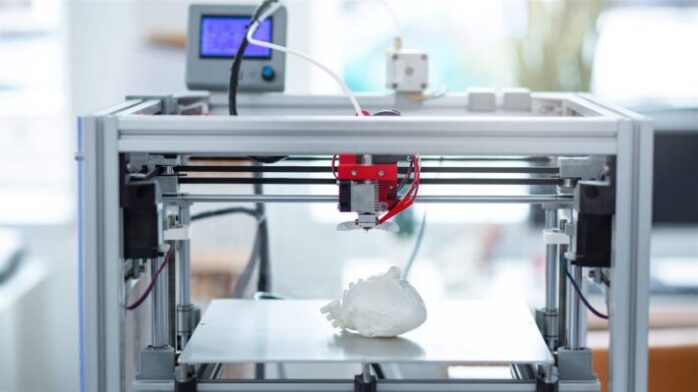
There are plenty of benefits to using a 3D printer at home and in an educational environment. Here’s a small list with the main ones we need to point out.
1. Interest in Education
We think you’d agree that most kids do not have a natural urge for school studies. Why? Because the very name ‘school studies’ puts them to sleep. But what if this time, instead of studying the three states of matter in the chemistry lab (which can be exciting too, don’t get us wrong), they get to print a Thor hammer from melted plastic that can be reassembled into the shape of your desire? You get the idea. Very often kids learn about things that mean nothing to them. How can you make math, or physics or history or a foreign language interesting? By making it mean something to them, personally. When there are no emotions involved, it’s hard for 10-year-olds to care about anything. This is where 3D printing can help out a little. It makes the theory come to life and mean something to them.
2. Integration
What we mean is integration into the world of technology, science and STEM fields, in general, that is rapidly taking over the world. 3D printers provide a great opportunity to teach kids about technology. And we don’t mean from a user’s perspective, because they can use it much better than their parents, that’s for sure. But rather from the engineering perspective. In today’s abundance of information, kids are rarely encouraged to dig deeper than a regular user. But digging and exploring is the only path to understanding, and that’s how we can raise a thinking society, rather than a consuming society, don’t you agree? That brings us to the next point on the list.
3. Imagination boost
Thinking means imagination and creativity. We often think of imagination and creativity as something you might want to have if you are an artist or a musician, but creativity in a broader sense is the power to find solutions for difficult situations, to solve problems, to communicate in a new way, etc. 3D printing, and especially 3D design provides a huge field for our imagination to go wild and create the most unrealistic images possible, and then see them come to life. Imagination and creative thinking are a skill, and we can train it like a muscle to help us find our way in difficult situations in life.
3D printing is here to stay. It has the potential to revolutionize the way we picture manufacturing and mass production, as well as individual items that are supposed to be manufactured separately for each person, like dentures and prosthetics. We’d better get used to this device and not only get used to the idea but also teach the younger generation about it and give them the opportunity to try it out first-hand. As we know, practice makes perfect and they are the ones who are going to carry the ‘tech-torch’ into the future.











